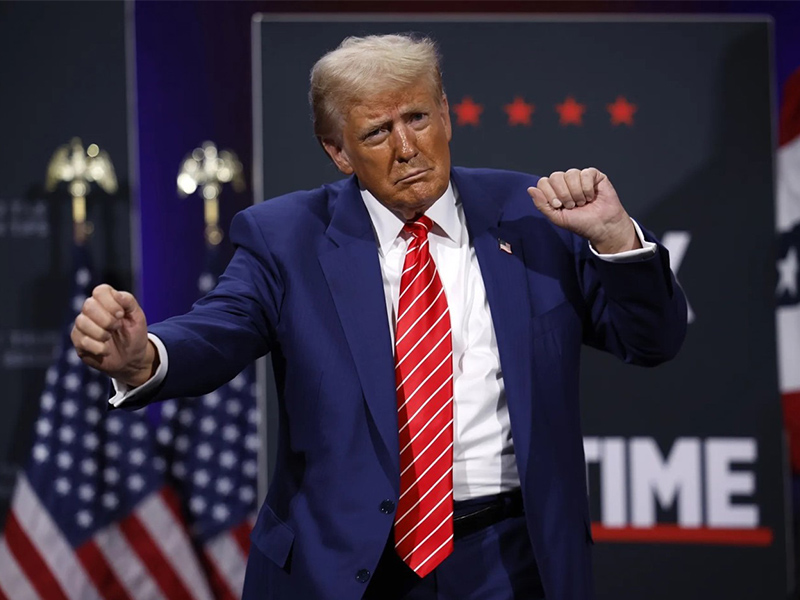
Donald Trump has escalated tensions with BRICS nations by threatening 100% tariffs if they attempt to establish an alternative currency to the U.S. dollar. This move reinforces his hardline protectionist stance but also signals growing concerns over America’s economic dominance. Analysts warn that such tariffs could provoke retaliatory measures, disrupt global trade, and increase costs for American businesses and consumers. Meanwhile, BRICS is pushing forward with financial independence, raising the question: Is Trump making a strategic move, or is this a last-ditch effort to maintain control?
BRICS bridge – Donald Trump just dialed up the temperature on BRICS. Speculation about BRICS countries creating a common currency drew a terse warning from the U.S. President on February 13. His message? The U.S. dollar’s supremacy will be protected by a 100% tariff on any alternative. It solidifies Trump’s hardline protectionist agenda while underscoring his resolve to maintain the dollar’s central role in global trade. BRICS countries — Brazil, Russia, India, China, and South Africa — have been looking for solutions to challenge the dollar, especially after the West imposed sanctions on Russia.
Trump’s threat of tariffs isn’t mere bargaining bluff; it’s a calculated move within the larger strategy of his trade war playbook. Using tariffs as a weapon, he seeks to squeeze rival economies into compliance. Analysts are cautioning that such moves could invite economic reprisals from BRICS countries, disrupt global supply chains, and increase costs for U.S. consumers and businesses. Such tariffs, if imposed, could destabilize international trade and further complicate America’s economic relations with emerging markets.
But the consequences extend beyond trade. This latest standoff reflects a deeper global tectonic shift. As the U.S. struggles to hold onto its economic supremacy, BRICS is seeking to reshape global finance and move away from Western-run systems. If these countries can make progress in building a counter-trade and currency network, it could transform international economic alliances and erode the dominance of the U.S. dollar. Is this a calculated strategy or a sign that options are running out? As BRICS pushes forward with its plans for financial autonomy, Trump’s 100% tariff threat seems less like a show of strength and more like an attempt to buy time. The real question is—when the global economy shifts, will Washington still be calling the shots, or is the balance of power already slipping away?
https://www.reuters.com/world/trump-warns-brics-nations-could-face-100-tariffs-2025-02-13

